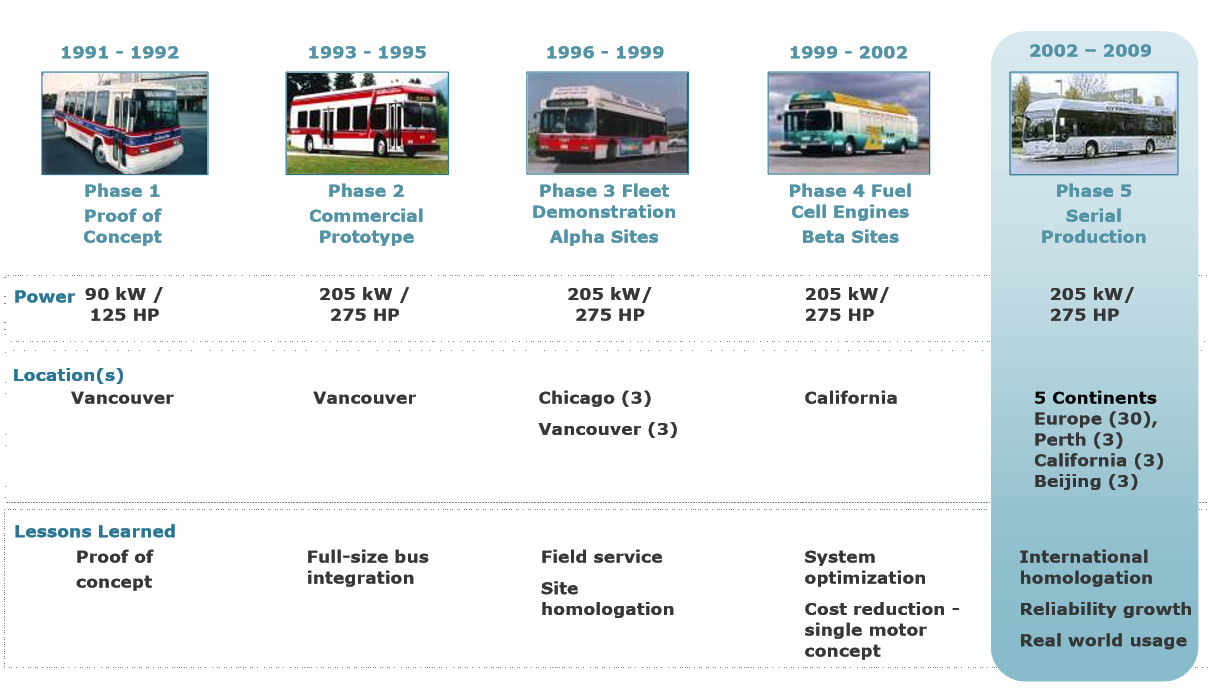“The reality about transportation is that it’s future-oriented. If we’re planning for what we have, we’re behind the curve.” Anthony Foxx, former United States Secretary of Transportation
Transportation has been on peoples mind for centuries. I learned that “Blaise Pascal launched a public bus service in Paris, which he called “carriages,” in 1662. It ceased operation after 15 years and buses did not appear again until horse-powered multi-person carriages emerged in Paris again in about 1819 or 1820. “Omnibus” is a Latin word meaning “for all.”
‘Modern’ steam buses arrived during the 1830s. The Canadian Encyclopedia has an interesting article about “The earliest bus and coach services in Canada were horse-drawn and began to make their appearances following the Seven Years’ War. Prior to 1800, Halifax had a stage [coach] service to Windsor. Montréal was linked with Québec City, Albany, [New York State], and St Johns (Saint Jean).
Geoffrey Ballard wisely chose a bus for his experiments, rather than a much less expensive car or van, which large corporations had tried before. Privately owned and operated small vehicles are used less than 20% of the time, are parked most of the day and night. Buses, in contrast, are constantly on the move. That would provide the best circumstances to evaluate his brainchild.
“Ah, the potential…”
Ballard knew he had a limitless success story in the making. All he had to do now in securing its realization for the future is to ‘take it down the road’. After presenting the large prototype fuel cell bus to the press in Vancouver, he took it to energy fairs around the world.
The enthusiastic acceptance of the Ballard Bus by transit fleet operators -notwithstanding the concern about the lack of widespread H2 supply- prompted Ballard Power Systems to modify a number of buses for two cities showing great interest in testing the FCEV /bus in regular passenger service – three each for Chicago and Vancouver.
Not enough hydrogen? Visionaries “don’t fret the small stuff”. Karl Benz and Gottlieb Daimler had to get alcohol or Benzin (not Benzene) from apothecaries along the way. It’s the old ‘chicken and egg’ situation.
At the point of mentioning the lack of widespread H2 supply above, I was reminded of an anecdote I used in my second eBook: Bob Inglis reported on a meeting some years ago, where the discussion centered on the wisdom of General Motors’ planned investment of over one billion Dollars in hydrogen-related R&D. A member of the public asked, “How can you be sure that 25 years from now we will have enough hydrogen supply to run this new car of yours?” The questioned GM representative hesitated for a moment, then replied, “How can you be sure that 25 years from now we will have enough gasoline supply to run that old car of yours?”
Three New Flyer buses each, still lacking the futuristic look of the one above, but of the same model as the demonstrator, were modified according to the lessons learned with THE BUS. Ballard Power Systems monitored the two fleets between 1996 and 1999. With ‘Phase 3’, with the goal was to • “Learn about fuel cell technology in real, everyday operation and transfer that knowledge to subsequent engine and component development phases • Gain an understanding of vehicle performance, failures, and operating costs • Better understand the infrastructure required for the operation of this technology • Prepare the market for the entrance of fuel cell vehicles • Educate the public on the safety and reliability of fuel cell vehicles • Prepare and train potential transit customers’ personnel to work with fuel cell vehicles.”
“Lessons learned in this phase included the need for additional work in the durability of the propulsion systems and experience working within colder climate areas. Successes included learning about meeting the needs of working in two locations and creating training programs for transit personnel. Some revenue service was completed with these buses,” the report stated.
The British Columbia Innovation Council and Vancouver’s Simon Fraser University did a Case Study, titled ‘Ballard’s Fuel Cell Bus Project: Next Stop – Changing the World’. This 23-page paper details Ballard’s work.
Ballard told Time Magazine in 1999 that fuel-cell cars should become economical by 2010 and “the internal combustion engine will go the way of the horse. It will be a curiosity to my grandchildren.”
The auto industry took notice of Ballard’s buses. DaimlerChrysler (at the time) and Ford invested $750 million in buying a one-third stake in the newly public Ballard Power Systems. In 1997, Daimler-Chrysler, Ford and Ballard Power Systems joined in a consortium to build fuel cell engines and drive trains for cars.
Soon after the first few fleet trials showed promise, a total of 30 fuel cell buses built by DaimlerChrysler and Ballard went into service around Europe in 2004. This project was designed to demonstrate the technology and increase public awareness of fuel cells. These buses would serve a certain time in various locations around the world, in extreme climatic condition of heat and cold.
We now are aware of the outcome: a number of automakers have test fleets of buses and/or cars collection kilometers or miles and information for planned mass production. We can already lease or buy fuel cell cars, but 20 years ago, the few innovative busses buzzed around the world creating excitement and hope for an emission-free future.
Serious researchers might be interested in a lengthy study by the University of Manitoba for the Provincial Government, titled Assessment of Global Hydrogen Transportation Technologies…
Chart from Ballard Power Systems
Next: Geoffrey Ballard speaks about Hydrogen & Fuel Cell History

